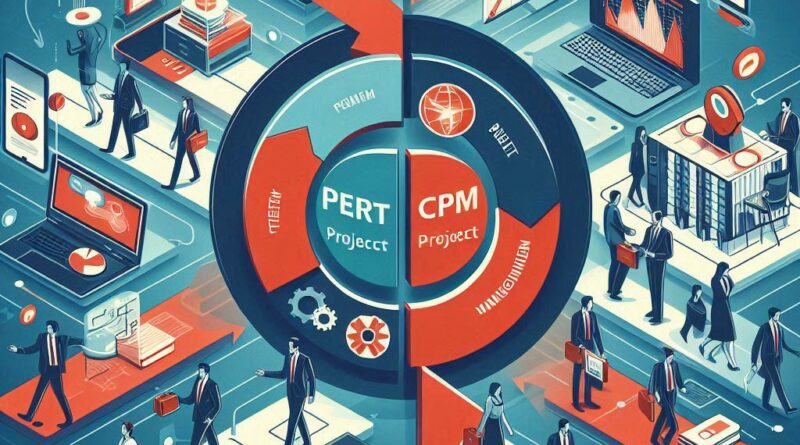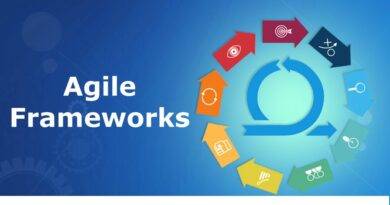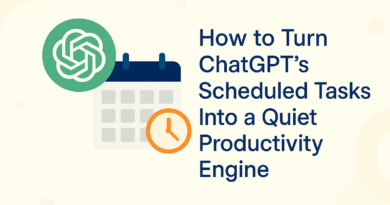PERT and CPM Project Management Techniques: Their Differences and How to Use Them Together
Table of Content
- Introduction to PERT and CPM
- PERT: Program Evaluation and Review Technique
- CPM: Critical Path Method
- Key differences between PERT and CPM
o 1. Focus and Use
o 2. Categories of Projects
o 3. Management of Time
o 4. Complexity and Uncertainty - Using PERT Together with CPM
o 1. A Complete Project Plan
o 2. Better Risk Management
o 3. Resource Utilization Improvement - Implementation of PERT and CPM Best Practice
- Examples of PERT and CPM from the Real World
- FAQs
- Conclusion: PERT and CPM Power Unleashed
Introduction to PERT and CPM
In today’s fast-paced project management environments, understanding the nuances of various project management techniques can set us apart from the competition. Among these techniques, Program Evaluation and Review Technique (PERT) and the Critical Path Method (CPM) have emerged as pivotal tools. Though they might appear similar at first glance, these methodologies cater to distinct project needs, focusing on planning, scheduling, and managing tasks effectively. This comprehensive guide will delve into their differences and explore how we can leverage both PERT and CPM to optimize our project management efforts.
Meaning of PERT: Program Evaluation and Review Technique
Overview of PERT
Invented in the 1950s for the U.S. Navy, PERT is specifically helpful for project managers managing projects with uncertain activities. This technique makes use of a statistical approach to analyze the time required to complete some tasks and facilitates the display of project milestones and their interdependencies. Basically, it helps us get an idea of the variability in the duration of tasks, thus making it an excellent tool for flexible and adaptable work in projects.
Main Components of PERT
• Events and Activities: PERT defines the activities as the tasks to be performed, whereas events are the completion of these tasks.
• Three-Time Estimates: For every activity, PERT takes three time estimates: optimistic, pessimistic, and most likely. This means if a task could take anywhere from 3 to 7 days to complete, then a project manager can use such estimates to compute the expected time frame.
- Network Diagram: The network diagram features in PERT, where it represents tasks and events with the logical flow from one task to another, facilitating visualization of dependencies.
Understanding CPM: Critical Path Method
Overview of CPM
CPM is a method created in the late 1950s and aimed at construction and manufacturing projects. Unlike PERT, which talks about uncertain activities, CPM is more interested in predicting the time for better predictable tasks. CPM will actually emphasize optimizing resources with a minimum cost by highlighting the critical tasks and those affecting the timeline of the project.
Key features of CPM:
•Activities and Durations: In CPM, activities are plotted against their estimated durations for calculating the total duration of the project.
- Critical Path: Activities whose time consumption would directly impact the finishing date of the project in case they are delayed. Such activities are found through identification and will be dealt with, ensuring the timely delivery of the project.
- Float Time: Besides this, CPM introduces the concept of “float” or slack time-the time we could delay a task without affecting a project’s overall time schedule.
The following table presents their main differences.
Though both PERT and CPM provide considerable insights into project management, their applications vary greatly with respect to the type of project. Now let’s explain the difference
- Focus and Usage
- Focus on Uncertainty: PERT is tailored for projects with high uncertainty because the duration of the tasks may not be known easily. It, therefore is best suited for use in research and development projects.
• Focus on Predictability: Rather, operations whose work activities are determinate in duration are more appropriate for CPM, where the goal is to simply optimise schedules and costs, as in the case of a construction project. - Project Type
- High Complex Projects: PERT is more suited to projects that have many uncertain activities.
• Simpler Projects: CPM is ideal for simpler projects where task durations can be estimated accurately.
3. Time Management
• Statistical Analysis in PERT: PERT utilizes statistical methods to forecast the time, allowing project managers to analyze risk and uncertainty.
• Critical Path Analysis in CPM: CPM is used to determine the shortest path to project completion so that one can identify where time management strategies can be applied.
4. Complexity and Uncertainty
- Risk Assessment in PERT: PERT is quite good at risk assessment of completion because it is probabilistic in nature.
- Resource Optimization in CPM: Although the CPM is directed toward optimizing resource use, it prefers critical tasks over non-essential work.
How to Use PERT and CPM Together
Although both PERT and CPM differ from one another, their combination may enhance the effectiveness of project planning and execution. We can, therefore, build a strong structure of management regarding projects’ elements by using both techniques.
1. Developing a Holistic Project Plan.
A PERT-based initiation would be possible at the planning stage to understand the uncertainties and variability of the tasks that could arise in such a project. The initial evaluation would then allow subsequent application of CPM for proper fixation of schedules, optimal decision on resource utilizations, and an emphasis on critical paths.
- Risk Management Improvement
Therefore, using PERT can help to depict the risk and uncertainties involved in the project, thereby enhancing decision-making. Once we thus spot the potential risks, we could then use CPM to indicate how they may impact the timeline, and then work out strategies to mitigate that risk. - Resource Utilization Efficiency
Coupled with both, we can not only prioritize tasks by the timelines but also optimize resource utilization. That comprehension will enable us to execute the project effectively while making dynamic alterations in the allocation of efforts between different tasks.
Best Practices for Implementing PERT and CPM
To integrate and embrace PERT and CPM into our project management processes, the best practices include:
- Clearly define the objectives set for the project. Specific objectives guide the application of PERT and CPM.
- Stakeholder Engagement: Involving all relevant stakeholders in the mapping and planning processes can give more insights and commitment.
• Update regularly: Both PERT and CPM update regularly to reflect the latest development in the project hence improving accuracy. - Train Your Team: Make sure the team members know both techniques and be therefore fully effective.
Use the project management tool to even make the PERT charts and CPM schedules look presentable in terms of clarity and communication.
Real-world Examples of PERT and CPM in Action
Example of PERT in Software Development
For the purpose of software development, where requirements tend to change, project managers do use PERT in analyzing the time in which to develop features while considering what the outcome might potentially be. The ability to prepare for many scenarios thus leads toward much more adaptable projects.
Example of CPM in Construction
It is most applicable in the construction industry as, in making a building, clear tasks and durations are easily established. The identification of the critical path allows the project manager to appropriate resources and manage timelines effectively enough to avoid costly delays.
Frequently Asked Questions (FAQs)
Q1: What is the main difference between PERT and CPM?
A: The difference primarily lies in their focus: PERT is for any project with an activity, whose nature is uncertain. At times, CPM focuses on projects that have definite timelines.
Q2: Which of these should I use on my project? PERT or CPM?
A: PERT should be used for projects with high uncertainty and complexity. CPM should be selected when the duration is perfectly predictable and aiming for resource optimization in the jobs.
Q3: Can PERT and CPM be combined effectively?
A: Indeed, the combined use of PERT and CPM can show a collective approach towards project management, which can involve risk assessment and efficient scheduling.
Q4: Which industries make greater use of PERT and CPM?
A. PERT and CPM are generally common to most industries, from construction to the IT industry, manufacturing to research and development.
Q5. Are there software tools that implement PERT and CPM?
A: Yes, many project management software applications can visually and practically apply both PERT charts and CPM schedules to undertake much better project planning and execution.
Conclusion: Harnessing the Power of PERT and CPM
By understanding the differences between PERT and CPM, we can strategically leverage these project management techniques to enhance our processes and outcomes. Utilizing both methodologies allows us to manage uncertainties while optimizing our schedules and resources effectively. As we continue to embrace these techniques in our project management practice, we not only increase our efficiency but also position ourselves for success in delivering high-quality projects. With the right combination of PERT and CPM, we can navigate the complexities of project management with greater confidence and skill.



